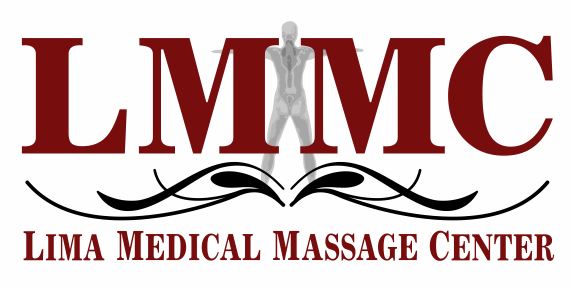Sports massages are categorized depending on when they are received by the athletes:
Pre-Event Sports Massage
The first type of sports massage is one that helps prepare an athlete for sporting events, such as competitions or
training. As the name suggests, pre-event sports massages are received by athletes prior to their sporting events.
These massages help stimulate blood flow, reduce muscle tension, and prepare the body for strenuous activities. This
allows athletes to perform at a higher level while preventing injuries from ever occurring. Pre-event sports massages
are usually done one to two before events. This type of massage is light in order to prevent straining the body prior to
events. Not only does this allow for better performance, but improved flexibility also prevents muscle strain which may
be sustained during events. The massage is also able to improve athlete endurance, as it allows athletes to move for
longer periods without the risks of fatigue and injuries. Other techniques, such as tapotement, also help stimulate the
nerves, helping further enhance performance. Pre-event sports massage may also be done between events in order to
maintain an athlete’s body condition. This helps keep the athlete’s muscles warmed up during the downtime, while
also helping reduce the pain from minor injuries sustained during events.
Post-Event Sports Massage
The second type of sports massage helps athletes recover from injuries sustained during events, while also reducing
the likelihood of injuries developing after events. This type of massage is done after athletes are allowed to rehydrate,
recover, stretch, and cool down from sports events. In addition to massages, other physiotherapy techniques, such as
ice baths and compressions, are done in order to help the athletes recover. With proper execution, athletes are able to
recover faster, allowing them to be able to participate in events with less time needed for recovery. Furthermore, by
identifying which areas are at risk of injuries, action may be taken in order to prevent those areas from being strained
in future events.
Pre-Event Sports Massage
The first type of sports massage is one that helps prepare an athlete for sporting events, such as competitions or
training. As the name suggests, pre-event sports massages are received by athletes prior to their sporting events.
These massages help stimulate blood flow, reduce muscle tension, and prepare the body for strenuous activities. This
allows athletes to perform at a higher level while preventing injuries from ever occurring. Pre-event sports massages
are usually done one to two before events. This type of massage is light in order to prevent straining the body prior to
events. Not only does this allow for better performance, but improved flexibility also prevents muscle strain which may
be sustained during events. The massage is also able to improve athlete endurance, as it allows athletes to move for
longer periods without the risks of fatigue and injuries. Other techniques, such as tapotement, also help stimulate the
nerves, helping further enhance performance. Pre-event sports massage may also be done between events in order to
maintain an athlete’s body condition. This helps keep the athlete’s muscles warmed up during the downtime, while
also helping reduce the pain from minor injuries sustained during events.
Post-Event Sports Massage
The second type of sports massage helps athletes recover from injuries sustained during events, while also reducing
the likelihood of injuries developing after events. This type of massage is done after athletes are allowed to rehydrate,
recover, stretch, and cool down from sports events. In addition to massages, other physiotherapy techniques, such as
ice baths and compressions, are done in order to help the athletes recover. With proper execution, athletes are able to
recover faster, allowing them to be able to participate in events with less time needed for recovery. Furthermore, by
identifying which areas are at risk of injuries, action may be taken in order to prevent those areas from being strained
in future events.

